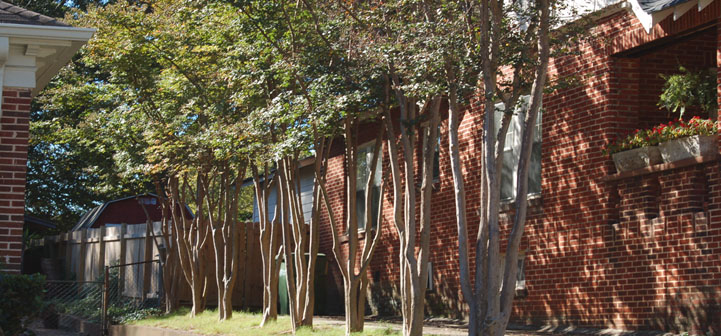
Mike is Professor and Housing and Environmental Health Specialist with Montana State University (MSU) Extension Service since 1982. Since 1997, Mike has also served as MSU Extension Family & Consumer Sciences Program Leader.
Mike’s primary responsibility is directing and developing housing education programs and resources for Montana consumers and tribes. Since 1977, he has been involved with energy-efficient construction and training with the U. S. Department of Energy. In 1977 he authored one of the first consumer-targeted books dealing with …


